google.com, pub-8216384694762610, DIRECT, f08c47fec0942fa0
|
Pirelli P Zero 1. Check Pirelli P Zero price at Tire Rack 2. Click here for Pirelli P Zero price at Tire Buyer | Pirelli P Zero Tire Review The Pirelli P Zero comes as original equipment on many sports car models including Ferrari, Lamborghini, and Aston Martin. It is a max performance summer tire and not intended to be driven in snow or on ice. That being said, if you are looking for extreme performance and willing to sacrifice some tread life, the P Zero is a beast of a tire. Nano composites in the tread give this tire amazing handling and steering response. Inside the tire, twin steel belts and nylon aramid cords stabilize the tread and prevent tire deformation. If you click on the P Zero tire picture to the left you can see a large version of the tire up close and personal. This tire is designed to be very low profile and therefore provide enhanced steering response and cornering. The tire has 3 circumferential grooves that go around the perimeter of the tire to help channel water, which increases wet traction and prevents hydroplaning. Tested: One downside to this tire is that it does not come with a treadlife warranty.
Conclusion:
Also check out Ken Block's Gymkhana in our drifting section, riding on some Pirelli P Zero's to the max. |
| Pirelli P Zero Warranty |
Should you buy tires online?
Performance Summer Tires
Low profile tires provide great handling and traction for both dry and wet conditions
Winter Tires
Tires for amazing grip and traction in light snow, deep snow, and ice
Easiest Way To Save Money on Tires?
Based out of Italy, Pirelli is renowned for its high-performance tires that are suited for both racing and regular-use purposes.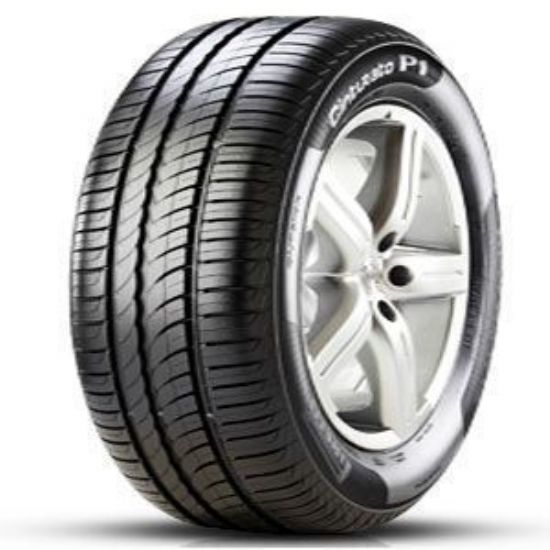
If you’ve recently started using Pirelli tires for your vehicles, you may be wondering – how long do Pirelli tires last? Here is what I’ve found out through my research!
Most Pirelli tire models such as the Scorpion and Cinturato last between 45,000-65,000 miles. A few models such as the P4 Four Seasons can have mileage warranties of up to 90,000 miles. Customers should replace their Pirelli tires if the tread depth falls below 2/32 inches.
If you want to know more about how long various Pirelli models last, when you should replace Pirelli tires, and much more, keep on reading!
Pirelli tires have Tread Wear Indicators located at the bottom of the grooves which have a depth of 1.6mm or 2/32 inches, i.e. the minimum legal tread depth limit.
When the depth of your tire’s tread reaches this level at any point around its circumference, you will be legally required to get your tires replaced immediately.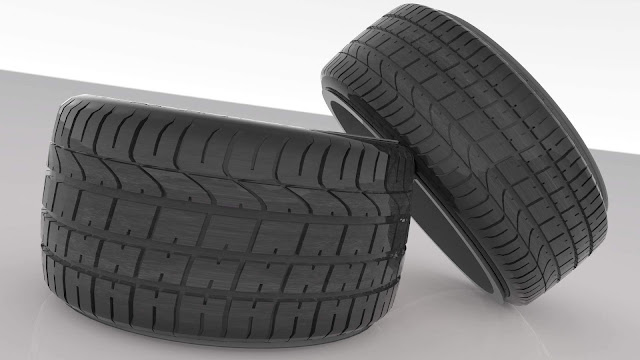
Note that as a precaution, you should change your tires once the tread reaches 4/32” (3mm) in summer tires and 5/32” (4mm) in winter tires.
Additionally, tires that show swelling, cracks, cuts, objects in the casing, or irregular wear must be checked by a professional and replaced if required.
In any case, you should have a specialist thoroughly inspect your tires (including the spare tire) after 5 years of usage, regardless of how much your vehicle has traveled.
Pirelli P Zero tires do not come with a tread life warranty, but according to reports, they last between 30,000 – 40,000 miles (48,000 – 64,000 kilometers).
Pirelli Scorpion tires are best-suited for SUVs and come in a variety of models. Here is a list of several popular Scorpion tires and their mileage warranties:
The Pirelli Cinturato family includes two models, the Cinturato P1 Plus, and the Cinturato P7 All Season Plus.
The P1 Plus has a mileage warranty of 35,000 miles (56,000 kilometers), whereas the P7 All Season Plus has a mileage warranty of 70,000 miles (112,000 kilometers).
Pirelli’s Four-Season tires are made for customers who are looking for tires suitable for urban areas and for excellent handling and traction throughout the year.
Here are the popular Four-Season models sold by Pirelli, along with their mileage warranties:
Pirelli’s Run-Flat technology helps customers to safely drive their vehicles home in case their tire goes flat in the middle of the road.
Tires that are designated as ‘Run-Flat’ use reinforced sidewalls to withstand the weight of a vehicle for a short period of time even if the tire is punctured.
According to Pirelli, you can drive on a punctured Run-Flat tire for a maximum distance of 50 miles (80 kilometers), and under a maximum speed of 50 miles per hour (80 kph).
The most important measure you should use to determine if your tires are bad and need to be replaced is to measure the remaining tread depth.
Although many people use the Penny Test to measure tread depth, Pirelli has come up with a better way of making sure that your tread depth is above the minimum legal limit.
You can use the Tread Wear Indicators (TWI) found on every Pirelli tire in the form of small three-dimensional bars that are 2/32” in height and placed inside the tread channels.
If the tread surface of your tires reaches the level of these TWIs, it is a clear sign that your tread has reached the minimum legal limit and you should have them replaced.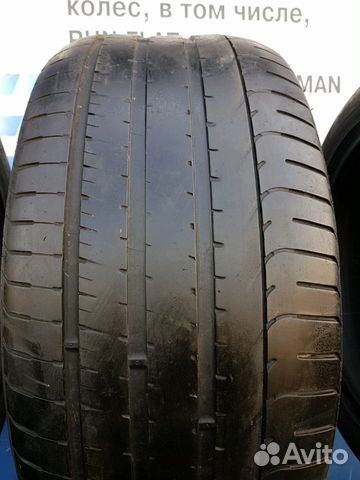
Other than that, here are the signs you should be on the lookout for to identify a tired that has been damaged:
If you notice any of these signs, you should immediately get your tires inspected (and if necessary, replaced) by a professional tire mechanic.
Customers passionate about luxury and high-speed driving adore Pirelli tires due to their excellent handling and traction that delivers high performance on the road.
Additionally, Pirelli has also placed a strong emphasis on the energy efficiency and sustainability of its tires.
However, customers should note that Pirelli tires are not the best choice for those shopping for tires on a budget.
To know more about tires, you can also see our posts on how long do Toyo tires last, how long do Michelin tires last, and how long do Bridgestone tires last.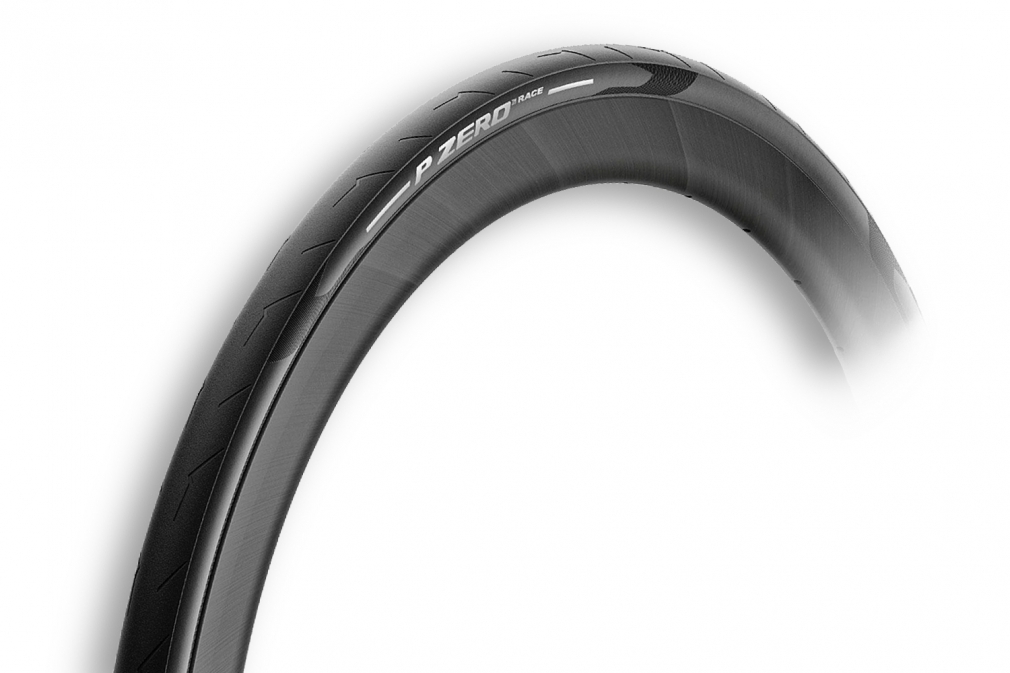
Several Pirelli tire models can last up to 90,000 miles, but most of the models last between 45,000 and 65,000 miles.
Customers should use the Tread Wear Indicators on the tires to measure tread depth and replace the tires if the tread depth reaches (or falls below) 2/32 inches, or 1.6mm.
Consumer disputes over the age of tires have not subsided for several seasons. Buyers are excited that the warranty period for tires is limited to 5-6 years according to GOST, and after the expiration of this period, the rubber becomes unusable.
Is this really the case, read this article.
Manufacturers of most brands on their products set Shelf life is 5 years and service life is also 5 years .
The shelf life of a tire is the period during which it retains its performance when properly stored.
The end of this period does not mean that the tires have become unusable . A shelf life of 5 years is given by manufacturers because, by law, they cannot set a shelf life higher than the service life. Tires over 5 years of storage cannot be called damaged or defective, their technical characteristics may be slightly reduced. American researchers argue that the period of storage of "shoes" must be at least 10 years. Experts from Germany are sure that it cannot exceed 6 years.
A shelf life of 5 years is given by manufacturers because, by law, they cannot set a shelf life higher than the service life. Tires over 5 years of storage cannot be called damaged or defective, their technical characteristics may be slightly reduced. American researchers argue that the period of storage of "shoes" must be at least 10 years. Experts from Germany are sure that it cannot exceed 6 years.
The tire life is called the warranty period during which the manufacturer is responsible for the quality and condition of the tire if it was used for its intended purpose without violating the operating rules.
According to Russian legislation (GOST 5513, GOST 4754-97) , the service life of tires is 5 years from the date of manufacture.
How can I find out the date of manufacture of tires?
You can find out the age of tires by a special DOT code. Tires manufactured after 2000 in the DOT code contain two pairs of numbers, where the first pair indicates the week number of the year, and the second pair indicates the year.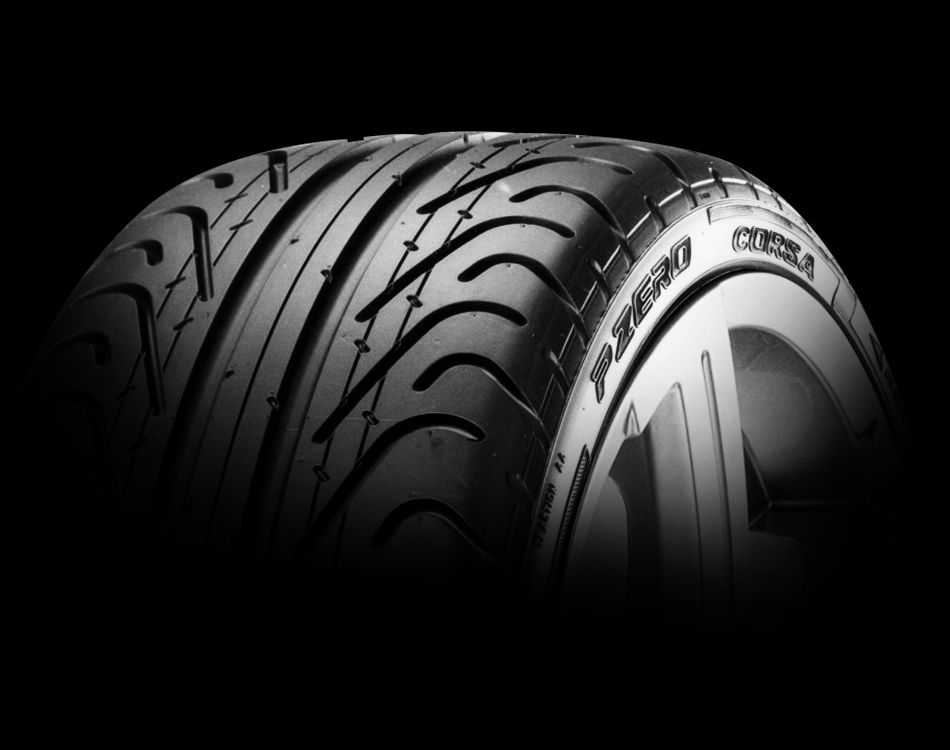 Earlier tires before 2000 have 3 numbers in their composition, where the first two digits are the week number, and the last one is the year (see the transcript in the photo).
Earlier tires before 2000 have 3 numbers in their composition, where the first two digits are the week number, and the last one is the year (see the transcript in the photo).
Determination of the average shelf life of a tire according to GOST and operating conditions.
- The symbol ZR denotes tires for high-speed cars. They are recommended to be used at speeds over 240 km/h. up to 6 years
- Tires with the H symbol are used at a maximum speed of 210 km/h. within 5 years.
- The sign S symbolizes the maximum permissible speed of 180 km/h. and operational period of 4-5 years.
Most tire manufacturers do not agree that tire life is limited to 5 years. Each company has its own opinion on this matter. We analyzed several of them and the information they posted on their official websites.
Michelin
The French tire manufacturer Michelin has become famous for its active fight against the perception of the rapid aging of tires as a perishable product. Her information campaign "Tires Are Not Bananas" created a lot of noise in the automotive environment. According to the representative office, several test trials were carried out in Saudi Arabia, South Korea and Germany. As a result of testing, no difference was found between new tires and tires stored for 3 years. They were tested for various characteristics such as rolling resistance, high speed durability, etc. Tires with a one-year life were approximately equal in performance to 10-year unused tyres.
Her information campaign "Tires Are Not Bananas" created a lot of noise in the automotive environment. According to the representative office, several test trials were carried out in Saudi Arabia, South Korea and Germany. As a result of testing, no difference was found between new tires and tires stored for 3 years. They were tested for various characteristics such as rolling resistance, high speed durability, etc. Tires with a one-year life were approximately equal in performance to 10-year unused tyres.
Michelin focuses the attention of car owners on the fact that tires are not a perishable product, their shelf life is not as important as the service life is important, starting from the date the tires are installed on the rims. It is from this moment that the tire is subjected to all tests: pressure, temperature changes, wear, contact with uneven and sharp coatings, etc.
Continental
On the Russian official website of Continental, we found the following information on the expiration dates of tires.
“When a tire is stored in the correct position and under the recommended conditions, it will not lose its original balanced performance for 5 years from the date of manufacture of the tire.
A properly maintained, unused tire less than 5 years old can be sold as a new tire and used normally.
Continental recommends replacing all tires (including spares) with a sidewall date greater than 10 years.
Nokian
The following information is posted on the Nokian official website:
“Tire life is not defined by law, but tires can only be considered “new” if they have been manufactured within the last five years. The recommended service life of tires is six years and the recommended maximum period is 10 years.
The recommended service life of tires is six years and the recommended maximum period is 10 years.
The opinion of our specialists, based on many years of experience, coincides with the opinion of manufacturers: the shelf life is 5 years + the service life is up to 10 years. Moreover, more "adult" tires, in our opinion, are of better quality.
To keep tires as long as possible, they are stored in compliance with all rules and recommendations. The main condition is a cool, ventilated, darkened room away from oils, paints, ozone, and heat sources.
Rubber products tend to lose their performance over the years. To prevent and slow down this process, manufacturers add polymers to the rubber compound. They prevent oxidative processes that occur due to the interaction of protectors with oxygen and ozone.
The following are the main conditions for the proper storage of tires in accordance with GOST 24779-81:
Maintaining a constant regime without sudden jumps, slight temperature fluctuations from -30°С to +35°С are allowed;
Provide a low humidity level of 50-80% in a dry, ventilated cool room;
Avoid direct sunlight, use darkened hangars, shield heat sources;
Keep away from sources of heat;
Tires should not come into contact with corrosive, copper materials.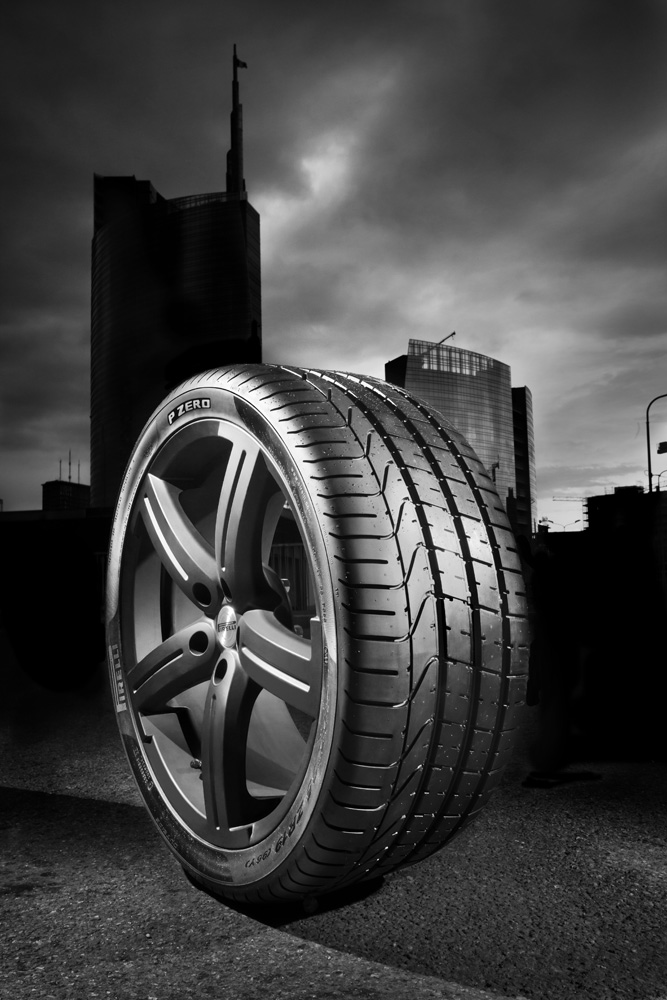
Avoid kinking, loading or positioning on an uneven surface.
Avoid contact with oils, organic solvents, acids, alkalis, fuels and lubricants on the tire surface. It is forbidden to lay tires on a wet and dirty surface.
In the warm season, when storing tires outside, they should be covered with light-tight material and raised above ground level to ensure ventilation and prevent the occurrence of the greenhouse effect.
Storage on reflective, light and heat absorbing surfaces is prohibited.
Keep away from chemicals, oils, paints, open flames, electric motors that produce ozone.
Used tires must be washed and dried.
Tires without rims should be stored upright.
The service life depends on many factors: the load on the car, the quality of the roads, the driving style, the distance traveled, tire damage, etc. To increase their service life, follow these rules:
To increase their service life, follow these rules:
Check tire pressure every 2-3 weeks. With reduced pressure, tire wear increases by the equivalent of a % reduction. For example, a 15% reduction in pressure can result in a 15% reduction in service life. Inflated tires are less scary.
The wear of the front tires is always significantly higher than the rear ones, so it is recommended to swap them after some time, carefully monitoring the direction of the tread pattern and the direction of rotation.
Proper alignment of tires in relation to rims. If the direction is not the same, then performance is significantly reduced.
To prevent damage to the sidewalls of tires, avoid close proximity to curbs and high ledges.
Wash off dirt from the surface of the rubber and from deep grooves with special cleaning agents.
Adhere to an even driving style without harsh brakes and quick starts.
Do not overload the car beyond the norm. 20% excess weight leads to a 30% loss of tire life.
Keep the wheels balanced and check the alignment angles annually.
The main condition for a long tire life is:
- high quality products,
- careful operation,
- proper storage of tires in the off-season,
- timely diagnosis.
The age of tires in standard storage is a minor non-determining factor that should not be taken into account when buying them.
Previous article Next article
Every driver, buying a set of tires, whether winter or summer, is faced with the fact that tires may not always be "fresh". The concept of "freshness", of course, each person has his own. Often tires are stale in warehouses for various reasons. In the practice of our online store, there are similar cases that lead to some not always pleasant discussions with a client or supplier. Therefore, we turned to the leading, in our opinion, manufacturers in the Eastern European segment of the tire market. We chose four manufacturers, in each price category:
Therefore, we turned to the leading, in our opinion, manufacturers in the Eastern European segment of the tire market. We chose four manufacturers, in each price category:
Budget tires - Rosava ;
Average price category (Europe) - Nokian (Nordman) ;
Average price category (Far East) - Nexen ;
Premium tires - Goodyear .
It should be noted that the Nexen Roadstone company (or rather the representative office) asked not to publish their answer in this article.
In addition, we looked into the State Standards of Ukraine, the Russian Federation and turned to the quality standards of the European Union.
Budget tires (Rosava)
Of course, there are cases when rubber lasts for more than five years, but in such cases, the largest domestic manufacturer Rosava does not guarantee the preservation of all operational standards and advantages.
That is, roughly speaking, if you plan to use tires for 3 years, then be sure to make sure that the tires you buy are under 2 years old. The rest is at your risk.
Nokian mid-price tires
Since Nokian tires are mainly made in Russia, in this case we contacted the local representative.
Roughly speaking, the manufacturer claims that Nokian tires practically do not lose their properties for 5 years, after this period the tires, alas, no longer meet the original standard. That is, rubber of the middle price segment is used much longer than state employees.
Goodyear Premium Tires
Goodyear, famous not only for its products, but also for the tires of its sub-brands (Dunlop, Sava, Barum, Fulda, etc.) did not specify the exact life of their wheels, but did provide a few signs when the rubber produced by this company needs to be replaced.
Regarding the service life, a rather vague answer was given:
If we turn to numbers, the shelf life of premium class rubber cannot be lower than the service life of an average price segment, so you can calmly focus on 5-10 years. For example, Toyo, on its official website, gives us a figure of 10 years of safe use. Roughly speaking, having bought a five-year-old rubber, you can safely use it for another 5.
For example, Toyo, on its official website, gives us a figure of 10 years of safe use. Roughly speaking, having bought a five-year-old rubber, you can safely use it for another 5.
The information we received during the analysis, you can see on the following graph:
Of course, the above information is not true in the last instance, and rubber storage conditions play a big role. However, we hope this article will give you at least an idea of the tire life of the tire and show you in general terms what the difference is between tires of different classes.
| What winter tires to buy? Expensive or cheap? To begin with, it is worth knowing the division into classes of car tires. It is useful to know when to buy expensive premium tires, and when to choose cheaper analogues from the economy segment... September 06, 2022, 10:06 | |
| Tires for electric vehicles - which ones to choose? Driving an electric car is different from driving a car with an internal combustion engine. 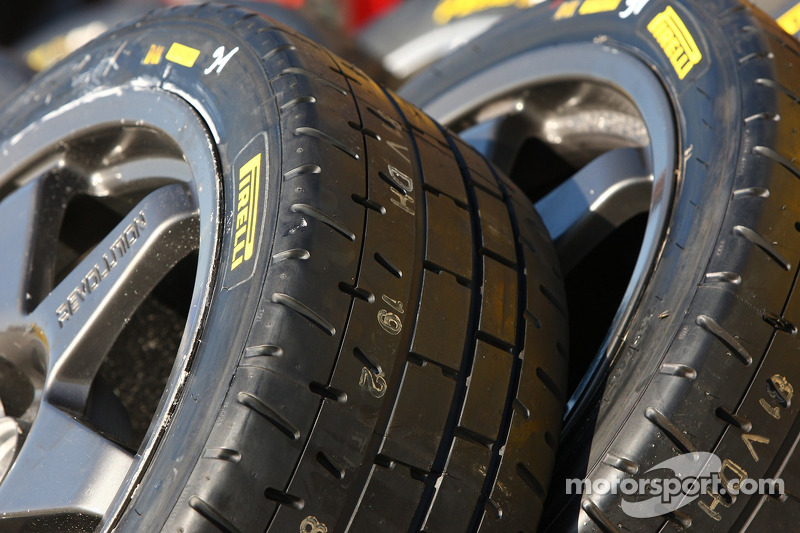 | |